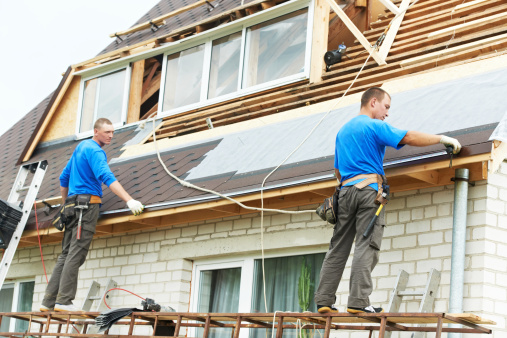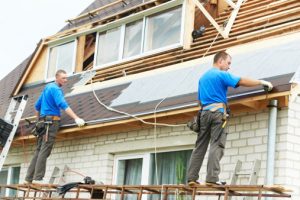Important Tips for Roof Installations

The cost of Roof Restoration Melbourne can vary greatly depending on the location, type of material, wear and tear costs, etc. Request a FREE estimate for your residential roofing project. The Roof Installation timeline. From the moment that you contact us to schedule the roof installation, to the time you order supplies and when the work is complete takes approximately one to fourteen days depending on various factors such as the size of your project. Roof replacement cost depends on many other unknown factors. For instance, the number of labor hours required, material costs, materials used and the ability of your roof to withstand weather conditions. Roof installation costs vary greatly. Some roofs require only a few hours while others take several days.
DIY roof installations are usually done by people with basic DIY skills. These skillfully trained specialists usually get the job done in half the time normally required by professional contractors and building engineers. Often, they can spot and fix small leaks before they turn into large and expensive problems. To fix leaks on flat roofs, you can apply nail polish to create a smooth surface that prevents water entry.

The most common roof installation problem occurs when a flat roof surface is installed over a concrete slab. When doing so, two or more issues can arise. The gradual decrease in slope can be caused by the weight of snow and rain. Roof installation professionals must replace damaged shingles in order to maintain a flat surface. They can also replace damaged and torn plywood panels.
Another roof installation problem often encountered includes installing the wrong type of underlayment. No matter if it’s asphalt or organic, all underlays have a certain degree flexibility. An underlayment can either increase or decrease the roof’s structural integrity depending on its flexibility. If an underpayment is too rigid, it will significantly decrease the amount of rain and snow runoff that seeps through the shingles. On the other hand, if the underpayment is too soft, it will allow moisture to seep through and cause rot.
It is important to determine the right level of flexibility as well as stiffness for DIY roof installation. DIY enthusiasts will get the best results when they use the least amount of flexibility and stiffness. A thicker and more rigid underlayment gives you the greatest flexibility and stiffness.
The roof installation process involves more than deciding on the type of underlayment. It also requires deciding on the best roofing surface. There are many types of roofing materials that consumers can choose from. However, one of the most durable and versatile options are slate shingles. These durable materials are strong and can withstand severe weather conditions. By choosing slate shingles, homeowners can avoid having to replace the entire roof as often.
The roof installation process involves choosing a roofing system. Modified bitumen roofs are very popular. With this type of roof installation system, the roofing membrane is pre-filled with asphalt shingles. The pre-filled asphalt blocks are attached to a single plywood panel. Modified bitumen roofing allows homeowners to control the thickness of asphalt shingles and the length of the roof. This results in tighter seals.
Without knowing the right size and number of nails to use, roof installation is not complete. Home improvement shops and DIY shops might sell roofing nails in different sizes or configurations. A roofing contractor might be able to buy pre-fabricated nails at a hardware shop or specialty shop. Regardless of the nails chosen, it is important to nail all the components of the roof together using the correct size and consistency of nails. The wrong size nails can lead to weak spots on the roof as well as a weaker roof.
